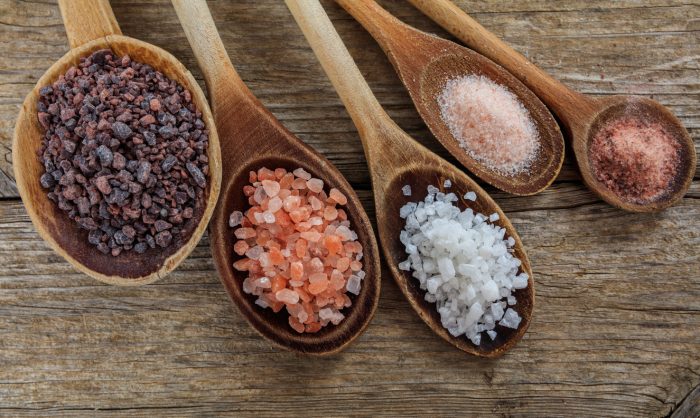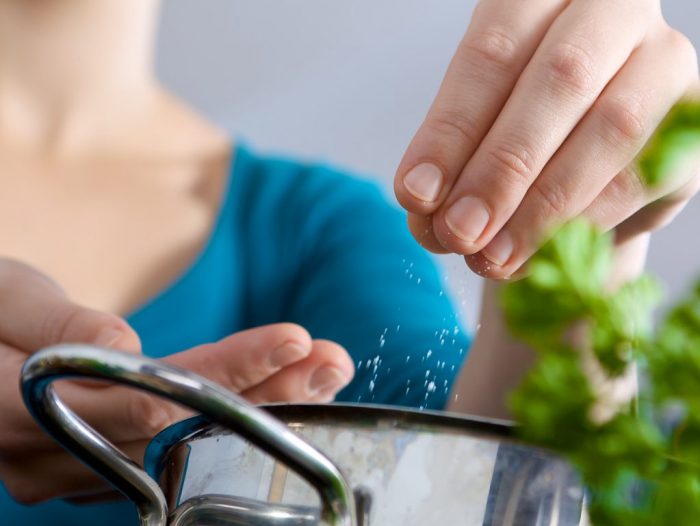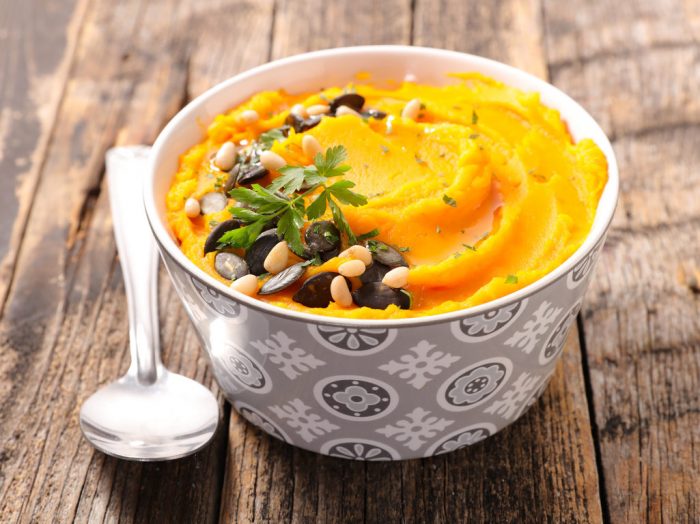Seasoning your food with salt is a delicate balance. We constantly tell you to do it, but we also tell you that too much can be bad for you. So what is the sweet spot in all of this? Science has an answer on how much sodium we need to use for good taste but also healthy outcomes.
As I was saying recently while salting my popcorn before seeing Avengers: Endgame, I am not content until my lips are all bloated because of all of the salt I’m consuming with my kernels. That’s not good! I get that instinctively, but sometimes I forget. Salty is my favorite taste in the world so it’s hard to reconcile that and go for a healthier option. But luckily, science is going to help me with that.
Salt is important because it enhances the flavor of the food you’re consuming and it also creates some chemical reactions that make your food infinitely better. That’s why we usually add a dash of it to desserts as well. A new published study has found a so-called golden ratio of saltiness and health that we should all apply in the future. Lower sodium levels, but the same salty flavor? Is this magic, you might ask?
How much sodium are we allowed to have?
The American Heart Association says that having too much sodium gives you a greater risk factor for hypertension, which in turn might lead to strokes and heart attacks. The recommended daily consumption is 2,300 mg of sodium, but the ideal we should all strive for is in fact 1,500 mg of sodium.
The problem is all of the hidden sodium, though. It lies in salty snacks, in chips, fries and all kinds of processed meats. And reducing the quantity you eat daily or weekly is also going to get you in trouble with salt cravings. (That’s my main problem!)

The research team at Washington State University have a solution for us salt fiends! They recommend mixing salt with other products that, when combined, help your snack or food retain the saltiness, but now with less sodium.
For instance, potassium chloride and calcium chloride don’t increase your blood pressure like sodium chloride (aka table salt), but they also don’t taste as good as the original flavor. So mixing them might give us the best of both worlds.
The researchers tried to find out how much sodium they could replace before all flavor was lost so they mixed the salt and the salt replacements in different ratios. Then they organized taste tests (would have loved to be a part of that, but maybe invite me next time?)
So how much sodium should your salt have before it loses all meaning? 78 percent sodium chloride and 22 percent calcium chloride turned out to be an acceptable substitute. Even better was a formula that contained 96.4 percent regular salt, 1.6 percent potassium chloride and 2 percent calcium chloride.
The scientists recommend a mass replacement of salt with this formula. This will probably improve the health of all of us. I would definitely get on board. Until then, pass me the salt, please?






